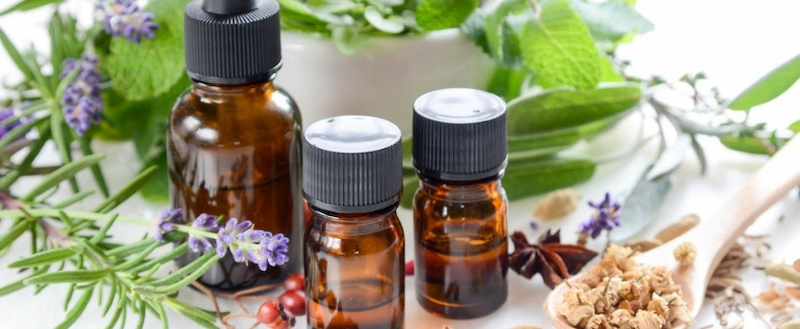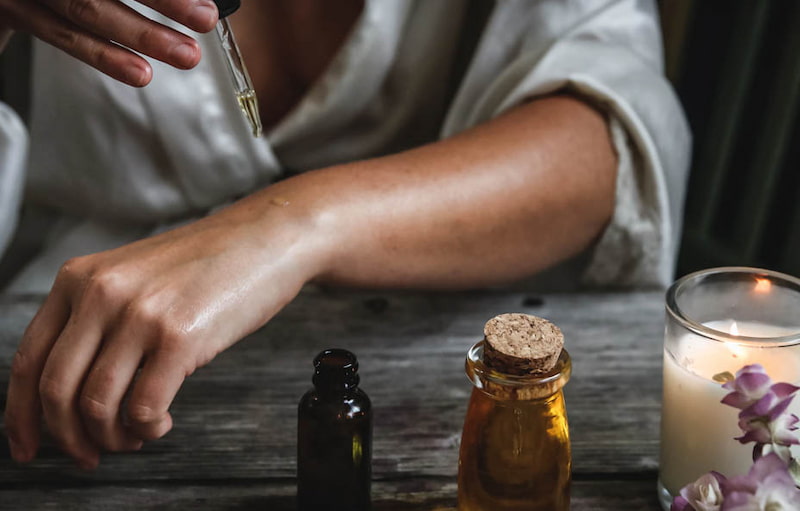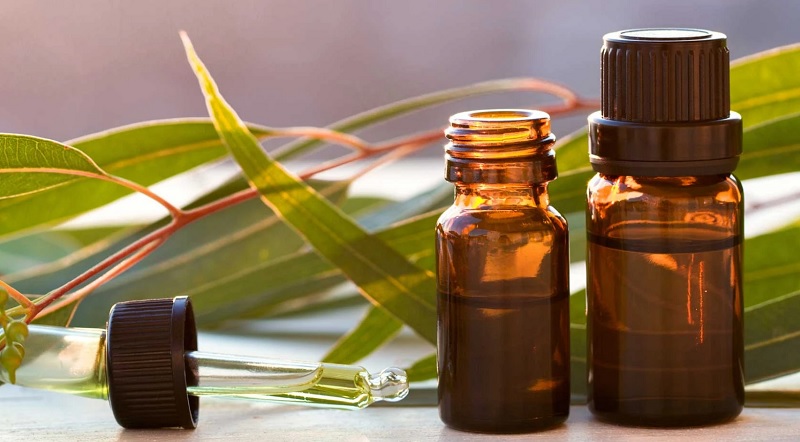How to Tell If Essential Oils are Pure or Fake?
I have always been a big fan of essential oils. My mom and grandma loved them and used them frequently for various reasons. I recall whenever I had a cold, my mom would add a drop or two of eucalyptus essential oil to my tea. It smelled and tasted like heaven. It unblocked my nose and soothed my throat. Aromatherapy is a common alternative solution for fighting colds.
Now that I’m all grown up, I use essential oils when bathing or to massage my temples. I don’t have major problems with insomnia, but whenever I can’t fall asleep I reach for lavender essential oil, rib it on my temples, add a few drops onto my pillow and fall asleep like a baby.
If you’re new to the essential oil world, I’m sure you want to know whether you’re getting the real deal. Essential pure oils have several characteristics and if you know which are they you can always tell whether you got the right thing. Here are the easiest ways to do that.
How to Tell If an Essential Oil Is Pure

Kept in a Glass Bottle
The easiest way to buy essential pure oils is to check whether the bottle is made of glass. Essential oils stored in plastic bottles are a huge red flag and you can be sure they are not pure. The original essential oils were always stored in dark and glass bottles. Their colour is usually amber or dark blue to protect the oils from ultraviolet rays that may degrade the essential oils with time. Plastic surely can’t keep essential oils in good condition, so no matter how good the price is, don’t take it. Even if it’s an essential oil, it will not last a long time (and you surely can’t use the entire oil within a week or two).
No Residue on Paper
What I’ve learned so far is that essential oils don’t leave any residue on paper. How to check this? Very easily – shops that sell essential oils have those scent strips so you can test the scent. Just put one or two drops on the scent strip and notice what will happen. If there is a visible ring of residue once the oil dries, don’t waste your money. This is a major indicator that this is not a pure essential oil but it is diluted with a carrier oil (coconut, almond or other oil). Pure essential oil won’t leave any residue once it dries.

It’s Not Oily
Another method I can suggest is to see if the essential oil is oily. If there is a tester in the shop, apply a drop onto your fingers and rub it. If you feel it’s greasy, it’s not worth your money. Greasy essential oils aren’t pure, which means they were mixed with a carrier oil. Carrier oils will give the essential oil an oily and silky texture and you aren’t looking for that. What you need is an essential oil that will absorb into your skin without leaving any grease.
No Artificial Substances
One thing I always do when buying essential oils is reading the ingredients. It may be a daunting thing to do but it’s important to know what you’re putting on your skin. Avoid getting perfumed oils since they aren’t pure. They contain artificial substances. Any added synthetics in the oil is ruining its pureness. Look for things like perfume or alcohol (which are man-made substances); this is the first sign that the oil isn’t pure.
Sure, the price will be much lower, but if you’re going to use the oil for therapeutic purposes, you surely need the pure version. This is especially important if you’re going to use the oils for children. It’s important to talk to your child’s pediatrician before deciding to use essential oils on them, so read the ingredients carefully to be sure there is no harsh ingredient that may cause some sort of a rash.

Essential Oils World Regulations
There are different agencies abroad that have set standards for essential oils quality.
AFNOR
Association Francaise de Normalisation has a “New Approach” that provides directives and standards for members of the EU to facilitate intra-community trade. Every company that wants to exchange goods inside the EU is obliged to comply with its directives. When it comes to essential oils, they have guidelines and info on topics like chromatographic profiles, determination of acid value, the content of phenols, determination of water content, etc.
ISO
International Organization for Standardization’s mission is to promote the development of standardization in areas of scientific, intellectual, technological and economic activity. When it comes to essential oils, ISO provides guidelines for packaging, conditioning, labelling, storing, testing, sampling and so on.

